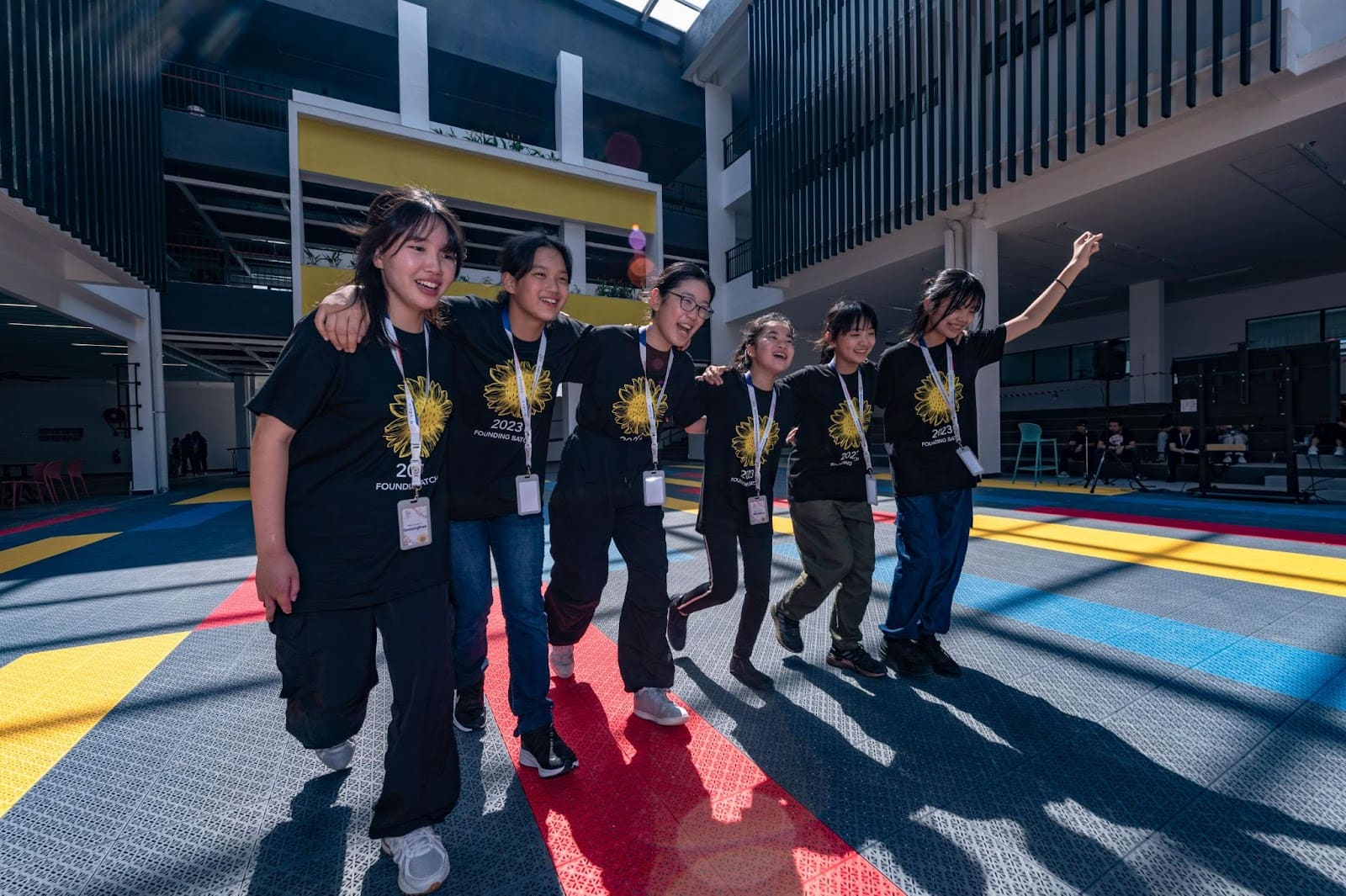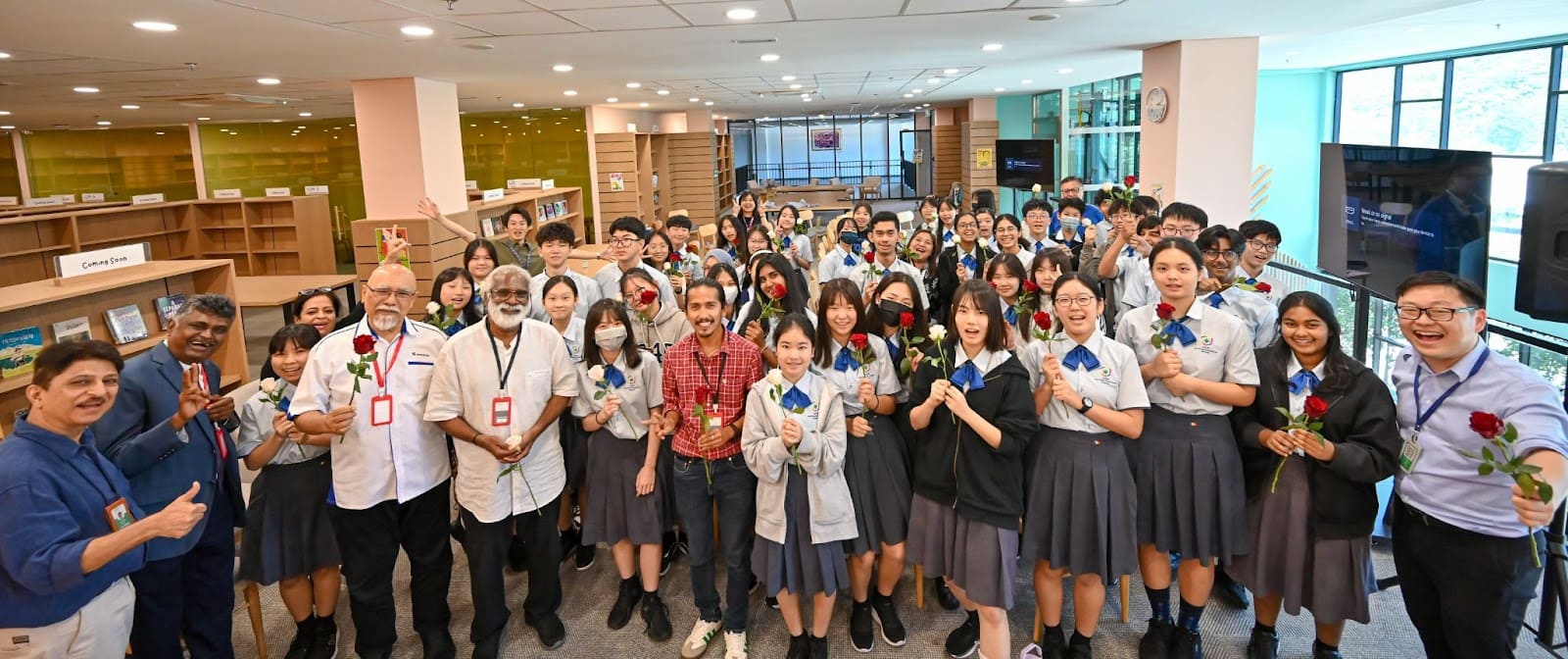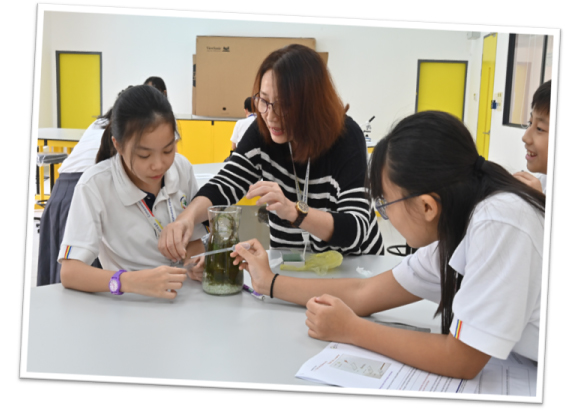The Human Side of School
 Schooladvisor Team
Schooladvisor TeamThese days, when people talk about the “future of education,” the conversation often sounds like a tech ad. Coding classes at age six; AI-powered learning; digital skills; data, data, data… Sure, all of that matters. But there’s another trend quietly growing beneath all the noise — and it’s a lot more human. It’s called empathy.
No, it’s not the next buzzword that’ll land you a job in Silicon Valley. It won’t show up on a report card. But around the world, educators, researchers, and even CEOs are finally realising that if we don’t teach kids how to listen, relate, and truly understand one another, all the knowledge in the world won’t fix much of anything.
And what’s cool is, in some schools, empathy isn’t “taught” like a subject; it’s lived.
One of the most underrated shifts happening in modern education is the move toward real conversations — beyond textbooks; beyond grades; beyond academic pressure.
At Soka International School Malaysia (SISM), for example, there’s this simple, wholesome practice: during lunch breaks, students can choose which teacher or staff member they want to sit with. No script. No “school talk.” They just sit together and chat — about weekend plans; Netflix shows; a bad day; what it’s like being far from home — anything, really.
It might sound small, but honestly, it’s kind of revolutionary.
Because how often, in our own school years, did we get to have real conversations with the people teaching us? How often did we see them as people, not just authority figures? And maybe most importantly: how often were we actually listened to?
The Dialogue Generation

It’s not just about lunch tables. Across schools like SISM and beyond, there’s a growing understanding that students need more than just information; they need spaces to speak, to question, to laugh, disagree, unpack big feelings, and make sense of a complicated world.
This generation is growing up in a time that feels noisy and divided, where people argue more than they understand. So the real skill isn’t who shouts the loudest or memorises the most facts; it’s who can sit across from someone and say, “Tell me your story. I want to understand.”
That’s why dialogue is woven into daily life at SISM. It’s not a formal programme or assembly; it’s in the way teachers speak to students, how students learn to speak to each other, and how curiosity — not just cleverness — is encouraged.
The Global Trend Nobody’s Talking Enough About
If you look closely, empathy is slowly becoming a global education trend and honestly, it’s about time.
Schools like SISM are introducing Social-Emotional Learning (SEL), mental health conversations, reflective learning, and empathy-building projects; because we’ve finally realised that academic success without emotional intelligence is incomplete. A student can ace every test but still struggle to collaborate, to care, or to connect with anyone outside their own bubble.
At the end of the day, what’s the point of all the knowledge in the world if we don’t know how to be kind?
The Stuff That Actually Stays with You

Think back to your own school memories. What stuck with you? Was it that one math formula? Or was it the teacher who listened when you were having a rough day? The friend who sat beside you when you felt alone?
Empathy isn’t something you memorise; it’s something you feel when someone looks you in the eye and genuinely wants to know what’s on your mind.
That’s why more educators are saying: this is what we need to focus on. Because the next generation doesn’t just need to be smart; they need to be human.
And maybe, just maybe, that’s what education should have been about all along. To learn more about how SISM is putting empathy into practice, visit https://sism.edu.my/

